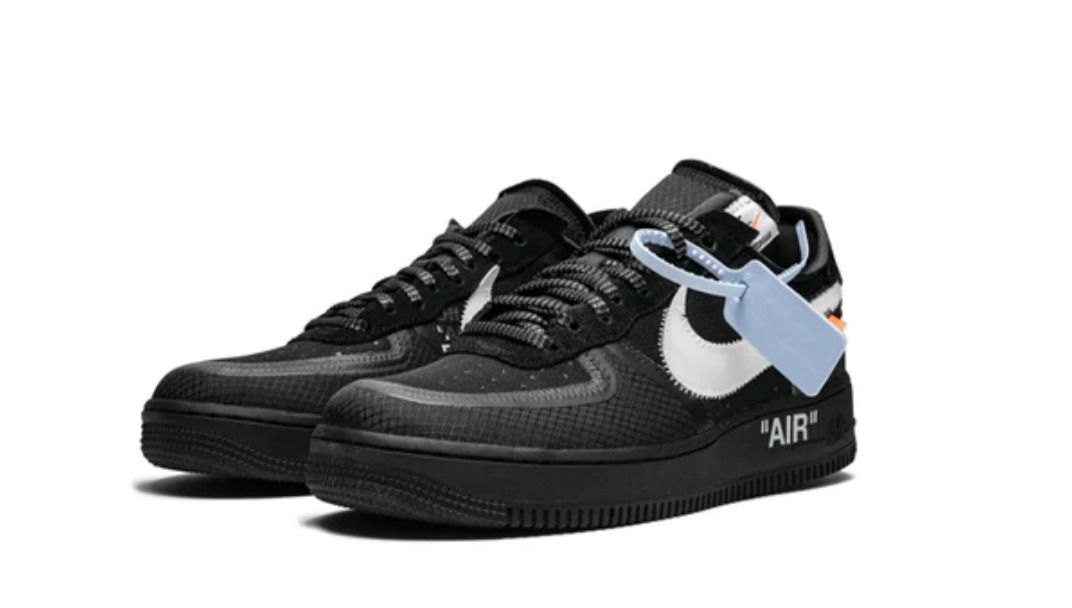When choosing ducting materials for HVAC (Heating, Ventilation, and Air Conditioning) systems in the UK, several key factors must be considered to ensure the system operates efficiently, safely, and cost-effectively. These factors include material durability, thermal insulation properties, resistance to corrosion, compliance with UK building regulations, ease of installation, and cost-effectiveness.
1. Material Durability
The longevity of the ducting material is critical, as HVAC systems are expected to last for many years. The UK’s climate, which includes a mix of cold, wet winters and mild, humid summers, can affect the durability of certain materials. Common ducting materials include galvanized steel, aluminum, and PVC. Galvanized steel is highly durable and resistant to mechanical damage, making it suitable for industrial applications where the ductwork may be exposed to physical stress. Aluminum is also durable and lighter than steel, which can make it easier to install, particularly in residential and commercial buildings. PVC ducting is commonly used in environments where chemical resistance is necessary, as it is resistant to many corrosive substances.
2. Thermal Insulation Properties
Thermal insulation is essential to maintaining energy efficiency in HVAC systems. Properly insulated ducting helps minimize heat loss or gain as air travels through the system, reducing the need for additional energy to heat or cool the air to the desired temperature. In the UK, where energy costs are relatively high, ensuring that ducting is well-insulated can lead to significant cost savings over time. Insulated ducting is typically lined with materials such as fiberglass or foam, which provide a barrier to heat transfer.
3. Resistance to Corrosion
Corrosion resistance is another critical factor, particularly in the UK, where high humidity levels and frequent rainfall can lead to rust and degradation of metal ductwork. Galvanized steel, which is coated with a layer of zinc, offers excellent corrosion resistance and is commonly used in HVAC systems. For areas with particularly harsh environmental conditions, stainless steel ducting may be used, although it is more expensive. PVC ducting is inherently resistant to corrosion, making it a good choice for environments where metal ducting might degrade quickly.
4. Compliance with UK Building Regulations
Compliance with UK building regulations is essential when selecting ducting materials. These regulations set out the standards for safety, energy efficiency, and environmental impact that must be met by HVAC systems. For instance, ducting materials must meet fire safety standards, particularly in commercial and multi-occupancy buildings, where the spread of fire through ductwork could be a significant risk. Fire-rated ducting materials or additional fire protection measures may be required in such cases.
5. Ease of Installation
Ease of installation is another consideration, especially for retrofitting existing buildings where space may be limited. Flexible ducting, often made from lightweight materials such as aluminum or PVC, can be easier to install in confined spaces compared to rigid metal ducting. However, flexible ducting may not be as durable or efficient as rigid ducting, so the trade-offs between ease of installation and long-term performance must be carefully considered.
6. Cost-Effectiveness
Finally, the cost of the ducting material is a significant factor. While higher-quality materials such as stainless steel offer excellent durability and resistance to corrosion, they are more expensive. For many projects, galvanized steel or aluminum may offer a good balance between cost and performance. Additionally, the total cost should consider not only the price of the materials but also the cost of installation and any additional insulation or fire protection required.
Place your online orders: https://www.ductingsuppliesuk.com/shop-online
In conclusion, selecting the right ducting material for HVAC systems in the UK involves balancing several factors, including durability, thermal insulation, corrosion resistance, regulatory compliance, ease of installation, and cost-effectiveness. Each of these factors will vary in importance depending on the specific application, the environment in which the ductwork will be used, and the budget available for the project. By carefully considering these factors, you can ensure that your HVAC system operates efficiently and safely, providing a comfortable environment while minimizing long-term costs.



